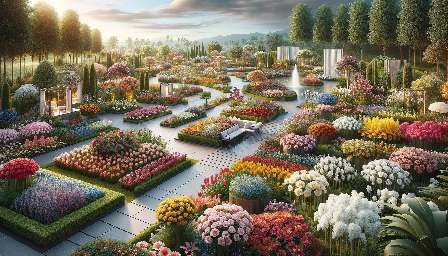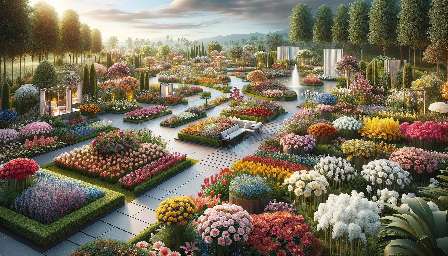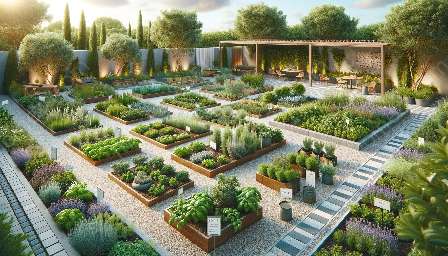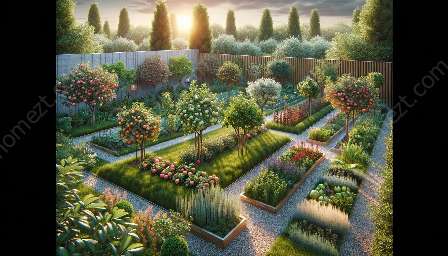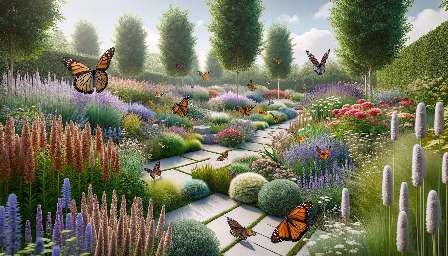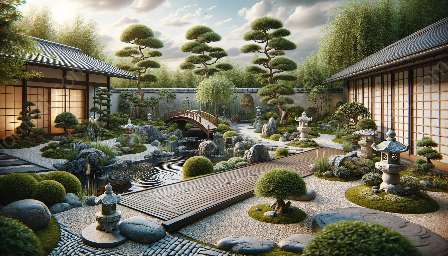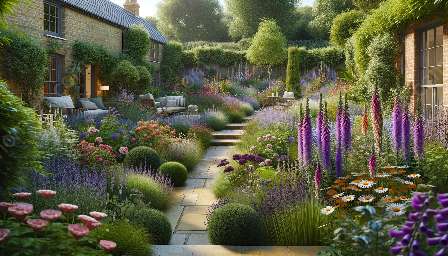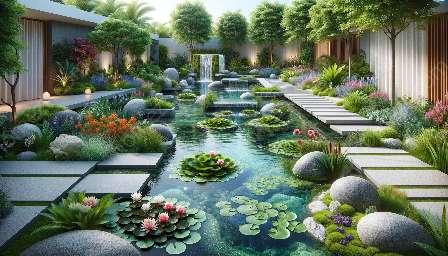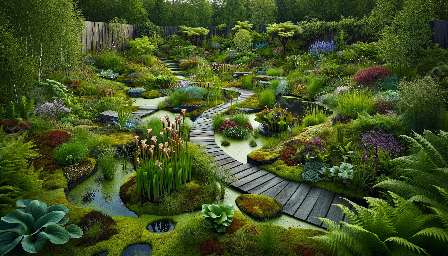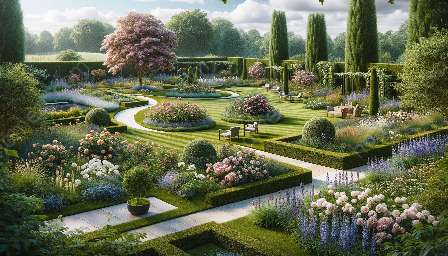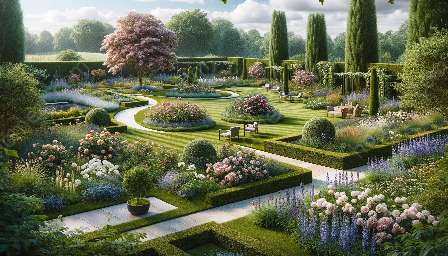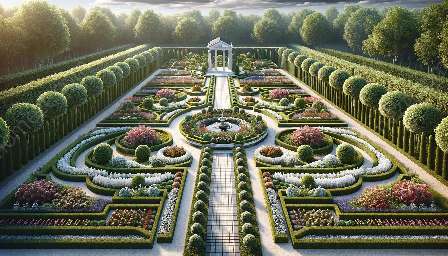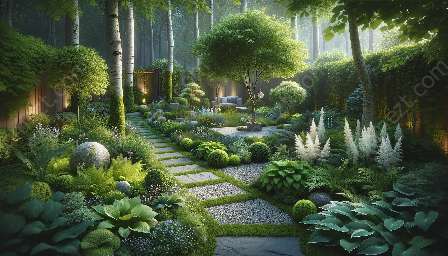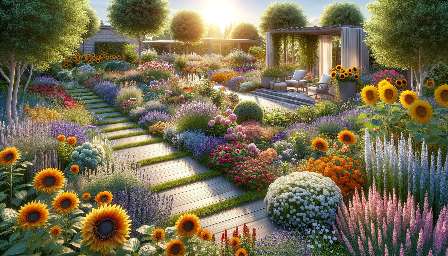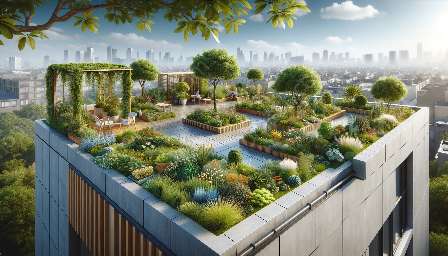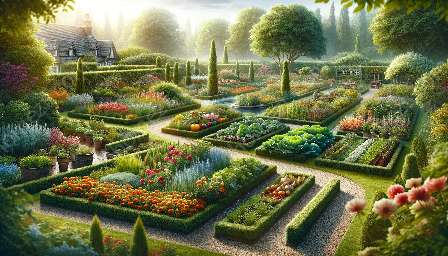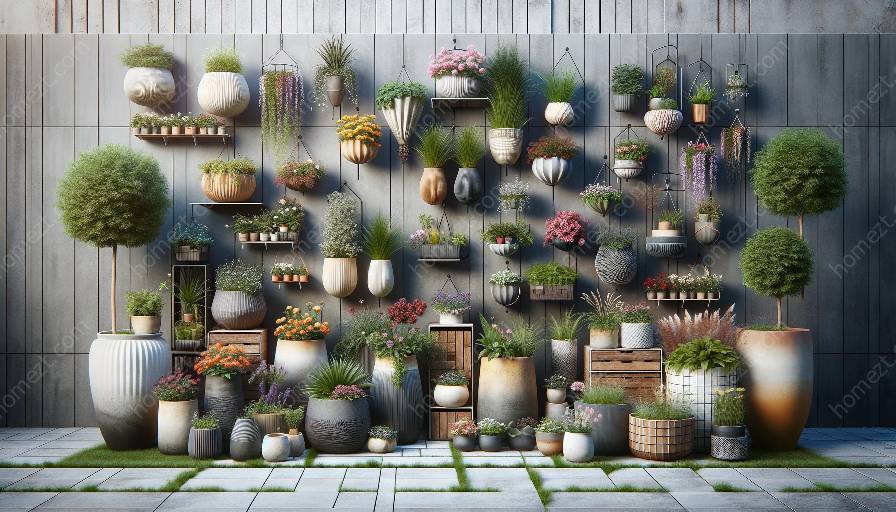A butterfly garden is a delightful addition to any yard, providing a haven for beautiful butterflies and creating a magical, vibrant landscape. Through careful design and selection of plants, you can attract and support these flying jewels, enhancing the natural beauty of your garden. In this comprehensive guide, we explore the concept of butterfly gardens in relation to other types of gardens, sharing insights on how to create an enchanting butterfly garden in your own space.
Types of Gardens
Before delving into butterfly gardens, it's essential to understand the different types of gardens that can exist in horticultural landscapes. The main types of gardens include flower gardens, vegetable gardens, and herb gardens. Each of these garden types serves a specific purpose and offers unique benefits for the homeowner or gardener. Flower gardens contribute to the aesthetic appeal of a space, while vegetable gardens provide a sustainable source of fresh produce. Herb gardens, on the other hand, offer culinary and medicinal herbs.
How Butterfly Gardens Fit In
A butterfly garden complements these traditional garden types by adding a touch of wildlife and biodiversity to the landscape. Unlike other types of gardens that focus on specific plant types, a butterfly garden emphasizes the selection of host plants and nectar sources that cater to the needs of butterflies throughout their lifecycle. By integrating a butterfly garden into your horticultural endeavors, you can create a harmonious and balanced ecosystem that supports native butterfly species and fosters the beauty of nature.
Attracting Butterflies
Attracting butterflies to your garden involves understanding their life cycle and preferences. Butterflies start as eggs laid on specific host plants, which caterpillars then feed on. By including these host plants in your garden, you provide vital resources for the early stages of butterfly development. Additionally, incorporating a variety of nectar-rich flowers ensures that adult butterflies have a consistent food source. Understanding the specific plants that cater to the needs of different butterfly species is key to creating a successful butterfly garden.
Creating a Vibrant Habitat
Designing a butterfly garden involves more than just selecting plants. It also entails creating a suitable habitat for butterflies to thrive. Providing sheltered areas, such as shrubs and foliage, gives butterflies a place to rest and seek refuge from predators. Water sources, such as shallow dishes with pebbles, offer crucial hydration for butterflies. By transforming your garden into a vibrant, natural habitat, you can attract a diverse array of butterflies and contribute to the conservation of these enchanting creatures.
Conclusion
Incorporating a butterfly garden into your yard can transform it into a captivating and lively space. By understanding how a butterfly garden relates to other types of gardens and implementing the necessary elements to attract and support butterflies, you can create a thriving, visually stunning sanctuary for these beautiful insects.

